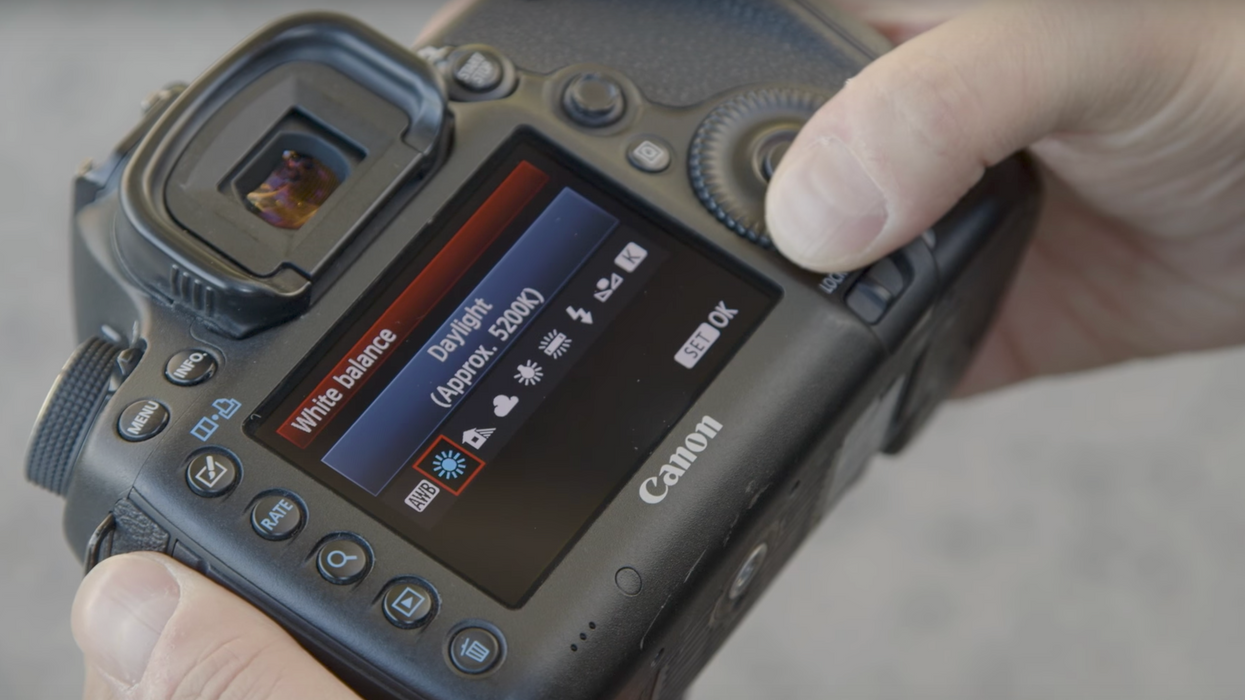5 Easily Avoidable Errors New Filmmakers Make When Shooting
You're going to make mistakes as a filmmaker, but these common technical no-nos are really easy to avoid if you know what you're doing.

Errors and missteps are bountiful at the beginning of every filmmaker's career. In fact, your first few years of shooting films are really just you running around with a camera making all of the mistakes and messing everything up. It's a beautiful time of learning and embarrassment and recording with your lens cap on, but there are a few blunders that are definitely worth learning right away so as to avoid the frustration of not getting your images to look the way you want them to. In this video from B&H, you'll not only get to learn about five common mistakes new filmmakers make but also how to avoid them (you know, so you can move on to making other very common first-time filmmaker mistakes).
Okay, I know the video is aimed at photographers, but each tip translate perfectly to filmmakers, as well.
- Not knowing your camera: If you want to get the most out of your camera, you've got to get real chummy with it. It's especially important to know your way around your settings when you find yourself in difficult or unexpected shooting situations.
- Choosing the wrong lens: You've gotta know how different kinds of lenses affect your images, because if you don't, you may be communicating something to your audience that you never intended.
- Shooting in poor lighting: Just don't do it. Lighting is everything, so use lights, modifiers, or whatever you have to in order to make your shot look good. A common mistake new filmmakers tend to make is blowing out their shot by shooting outdoors during the brightest time of day without any diffusers or flags to lessen the intensity.
- Not paying attention to composition: It's simply not enough to set your camera up anywhere and hit record. If you're new to framing, use the Rule of Thirds. It's not the be-all-end-all in composition, but it's a great place for beginners to start.
- Ignoring 4K: Okay, the video talks about shooting RAW, but for new filmmakers, this could translate to shooting in 4K. (A better equivalent is probably S-Log or other powerful codecs, but remember, we're talking about new filmmakers here and that's something beginners probably don't have to worry too much about yet.) If your camera has 4K capabilities and your post workflow can handle it, you may want to take advantage of the added creative options it affords you. (You can always downsample later on if you want, anyway.)
If any of us made a list of mistakes we made in the first year of filmmaking, it would be miles long. And honestly, making good films isn't even about not making any mistakes. In fact, wonderful things can spring up from technical errors and unintended consequences—just ask In Cold Blood DP Conrad Hall who accidentally captured that famous "crying" effect in Robert Blake's "Hopeless Dreams" monologue, or Gordon Willis whose "lighting error" created Marlon Brando's iconic shadow-eyed look in The Godfather.
However, because it's best not to rely on serendipitous favor, the more you know about your art form the better. Besides, knowing the rules makes breaking them all the better.
Source: B&H

 No Film School's coverage of
No Film School's coverage of 









